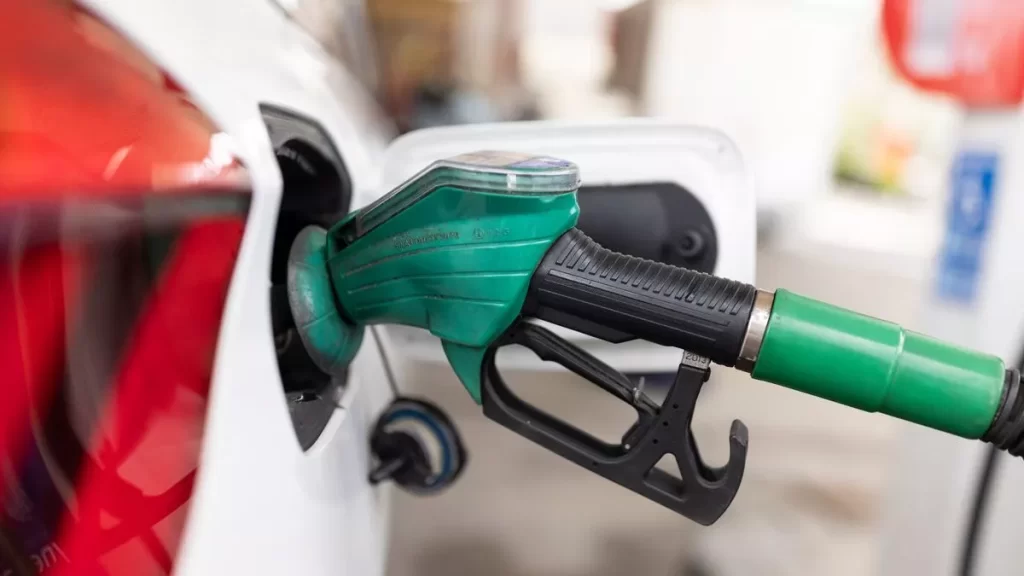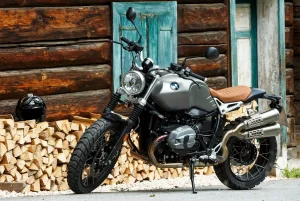Eco-friendly driving habits are an excellent way to lower fuel consumption and foster environmental sustainability. Many drivers don’t realize that their driving practices can have an enormous impact on vehicle performance and efficiency.
Aggressive driving and sudden acceleration can reduce fuel economy by up to 30 percent on highways, so driving more smoothly with steady acceleration can help optimize your fuel efficiency and help maximize savings. Other tips for fuel savings include removing unnecessary weight from your vehicle and using cruise control when safe to do so on highways.
1. Accelerate Slowly
Studies show that using the brake pedal to accelerate slowly is more fuel-efficient than accelerating quickly and letting your foot touch the floor. Driving at lower speeds will save gas money and emissions while helping save the environment.
Avoid Idling Idling can use up one quarter to half gallon of gas in an hour and produces up to 80% more pollution than driving does, thus saving fuel by shutting off when safe to do so can help to conserve precious resources.
Fuel efficiency of vehicles typically peaks around 50 miles per hour and declines rapidly at higher speeds. Reducing vehicle weight, eliminating clutter from cabin and cargo area as well as carpooling/using public transit/combining trips are great ways to save on fuel costs.
2. Don’t Idle
Sitting idle uses up fuel and emits pollution, leading to reduced mileage in your car. According to AAA estimates, even one minute of idle use consumes 1/4 to 1/2 gallon of gasoline. AAA suggests using cruise control whenever possible on highways for optimal results – maintaining steady speeds is more fuel-efficient!
Modern engines don’t need an extended “warm-up” period; the time required to start your vehicle, check its gauges/lights, seat position and exit a parking stall is sufficient. Also, eliminating excess weight from your vehicle may help improve efficiency.
Carpooling, consolidating your errands into one trip and choosing the most efficient route to work are among many simple strategies for lowering fuel consumption and emissions. Staggering your schedule if possible may also save both money and stress.
3. Use Cruise Control
Cruise control can be one of the best ways to increase fuel efficiency and save money, since rapid acceleration consumes more gas than steady cruising does. Furthermore, weight of vehicle and road conditions may impact its fuel efficiency; hilly areas require more power and acceleration which consumes more gas than flat highway driving.
Cruise control enables you to maintain a constant speed, which reduces acceleration needs and can cut fuel consumption up to 10%. But use it only when appropriate and pay attention to what’s happening on the road; if cars ahead are slowing or slamming on brakes abruptly, continuing at this rate would not be safe.
4. Avoid Hard Accelerations
Avoiding hard accelerations not only reduces fuel consumption but also protects your brakes from wearing down prematurely. Accelerating too hard can be like pouring a cup of coffee from full to empty in one go; it leads to spillage that may cost more in terms of wasteful spillage than it saves in time and money.
Car engines are complex machines that need careful management in order to reach maximum efficiency and performance. Aggressive driving habits like abrupt acceleration and abrupt braking consume more fuel, producing carbon dioxide emissions and air pollutants with direct impactful on health.
Regular vehicle maintenance and inspections, in addition to regular tyre inspections, can increase fuel efficiency and lower emissions. By following these simple tips, you can both cut petrol costs while contributing to a cleaner environment! For most cars, peak fuel efficiency occurs around 50mph so staying below this speed limit will significantly enhance its effectiveness.
5. Don’t Speed
Speeding can be dangerous for drivers and other road users alike, while simultaneously reducing fuel efficiency. Sudden acceleration and hard braking use more fuel than maintaining an even pace when driving at high speeds.
While the best speed for fuel efficiency may differ depending on your vehicle, all cars consume more gas when traveling at speeds above 50 mph compared to highway speeds. Furthermore, your EPA-rated mileage could fluctuate based on factors like driving conditions, maintenance schedules, weather and more.
One way to increase your MPG is by planning ahead and anticipating traffic flow, thus decreasing the need for harsh braking or engine revving. You could then either switch on cruise control or select an alternative route to reach your destination.




